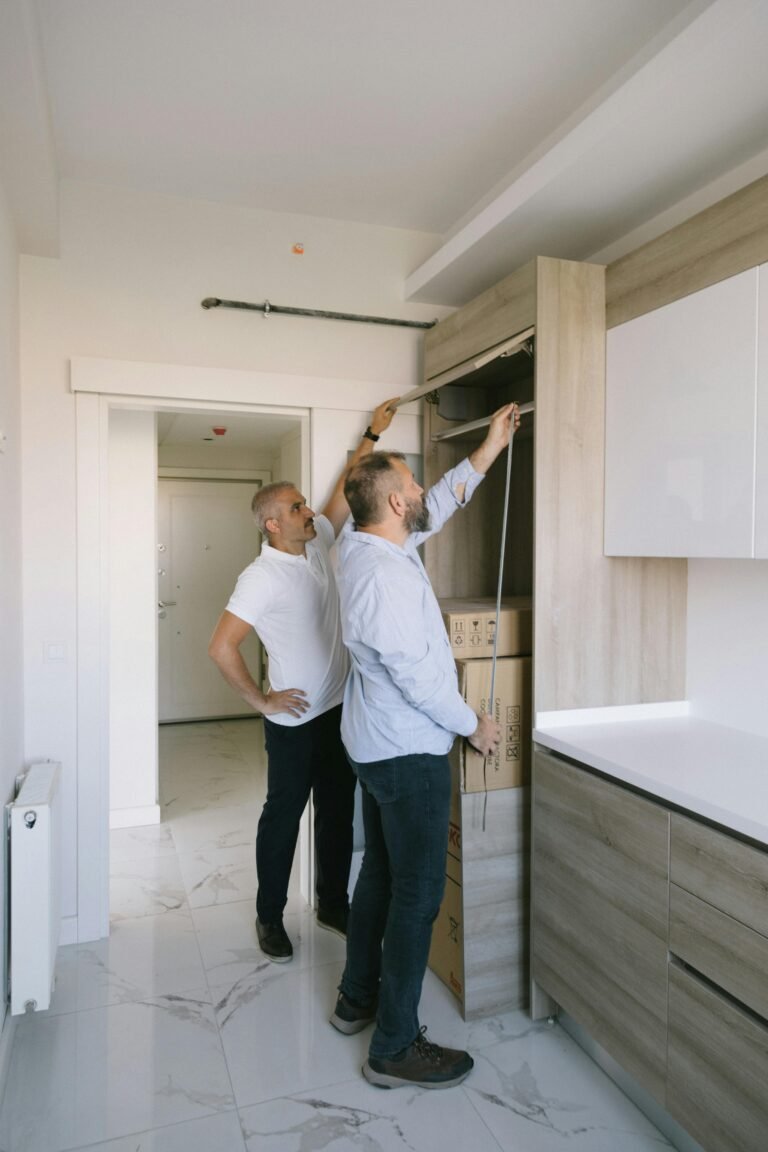DIY Kitchen Renovation: A Comprehensive Guide
Table of Contents
Embarking on a DIY kitchen renovation can be a transformative journey that not only revitalizes your cooking space but also enhances your home’s value. With the right tools, planning, and creativity, you can create a kitchen that reflects your style and meets your functional needs. In this article, we will explore why DIY kitchen renovation is important, its key benefits, and offer a step-by-step guide on how to effectively plan and execute your project.
Why DIY Kitchen Renovation is Important

The kitchen is often referred to as the heart of the home, where families gather to cook, eat, and create memories. Renovating your kitchen can significantly improve both aesthetics and functionality. A well-designed kitchen can increase your home’s resale value and make daily tasks more enjoyable. Moreover, taking on a DIY project fosters a sense of accomplishment and personal connection to your living space.
Key Benefits / Features

1. Cost Savings
One of the foremost advantages of a DIY kitchen renovation is the potential for significant cost savings. By doing the work yourself, you can avoid labor costs, which can account for a large portion of your renovation budget. Additionally, you can choose to source materials and fixtures that fit your budget, allowing for further savings.
2. Personalization
A DIY renovation allows you to create a kitchen tailored to your specific style and needs. You can choose colors, materials, and layouts that resonate with you and your family. This personal touch not only enhances your satisfaction with the space but also ensures that it serves your functional requirements.
How to Use / Apply It

To start your DIY kitchen renovation, follow these essential steps:
- Step 1: Set a Budget – Determine how much you can afford to spend on your renovation, including materials, tools, and any unexpected expenses.
- Step 2: Plan Your Layout – Consider the workflow in your kitchen. Aim for a layout that optimizes space and efficiency.
- Step 3: Choose Your Materials – Research materials for cabinets, countertops, flooring, and backsplashes. Look for cost-effective options that are durable and visually appealing.
- Step 4: Gather Your Tools – Make a list of tools you will need, such as drills, saws, and measuring tapes. Ensure you have everything before starting your renovation.
- Step 5: Start the Demo – If you’re removing existing elements, do so carefully to avoid damaging plumbing or electrical systems.
- Step 6: Install New Features – Follow your plan to install new cabinets, countertops, and appliances. Take your time to ensure everything is level and properly secured.
- Step 7: Add Finishing Touches – Paint, add backsplash tiles, and install fixtures to enhance the overall look of your kitchen.
[YOUTUBE_VIDEO]
Real-life Examples or Case Studies

Many homeowners have successfully executed DIY kitchen renovations that showcase their creativity and resourcefulness. For instance, Sarah from California transformed her 1980s kitchen by painting cabinets, replacing hardware, and installing a new backsplash. The total cost was less than $2,000, and the result was a modern, inviting space.
Another example is John and Emily from Texas, who documented their DIY journey on social media. By reusing existing cabinets, adding open shelving, and installing new countertops, they managed to create a farmhouse-style kitchen for under $5,000, which significantly increased their home’s value.
Frequently Asked Questions (FAQ)
1. What is the average cost of a DIY kitchen renovation?
The average cost of a DIY kitchen renovation varies widely based on the scope of the project. A simple update with paint and hardware can cost under $1,000, while a complete overhaul with new cabinetry and appliances might range from $5,000 to $15,000 or more, depending on materials and labor.
2. How long does a DIY kitchen renovation take?
The duration of a DIY kitchen renovation depends on the complexity of the project and the amount of time you can dedicate to it. A minor facelift could take a weekend, while a full renovation may take several weeks or even months.
3. Do I need a permit for my DIY kitchen renovation?
Whether you need a permit for your DIY kitchen renovation depends on local regulations and the scope of your project. Generally, if you’re making structural changes or altering plumbing or electrical systems, a permit will be required. Always check with your local building department before starting.
Conclusion
DIY kitchen renovation is an exciting endeavor that not only enhances your home but also allows you to express your personal style and creativity. By following the steps outlined in this guide, you can achieve a kitchen that meets your needs and reflects your personality. Remember, the journey may be challenging, but the reward of a beautiful, functional kitchen is worth it. Start planning your renovation today and make your dream kitchen a reality!



